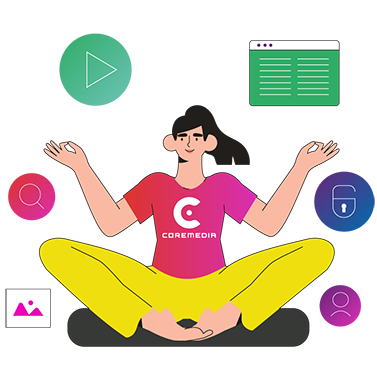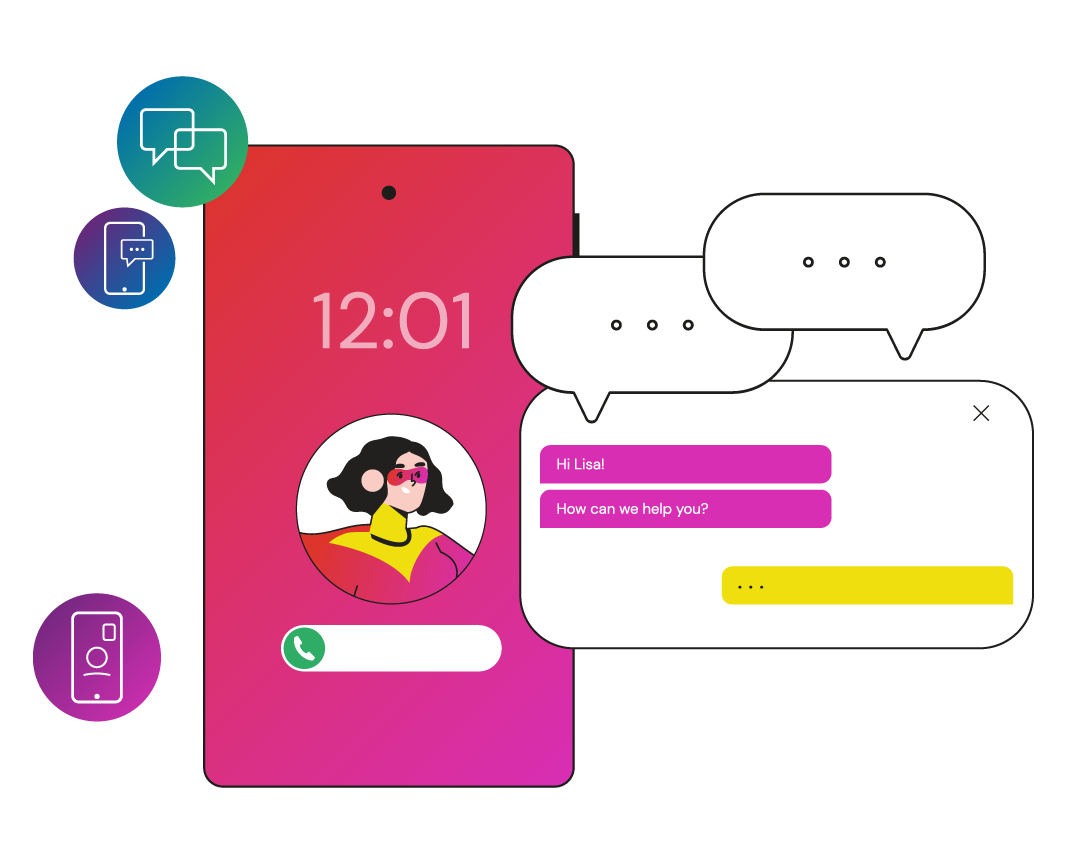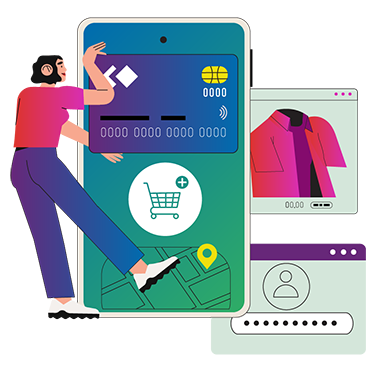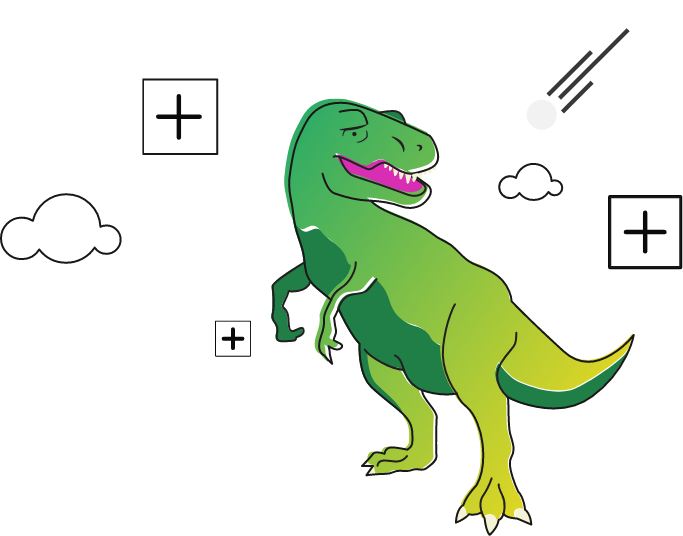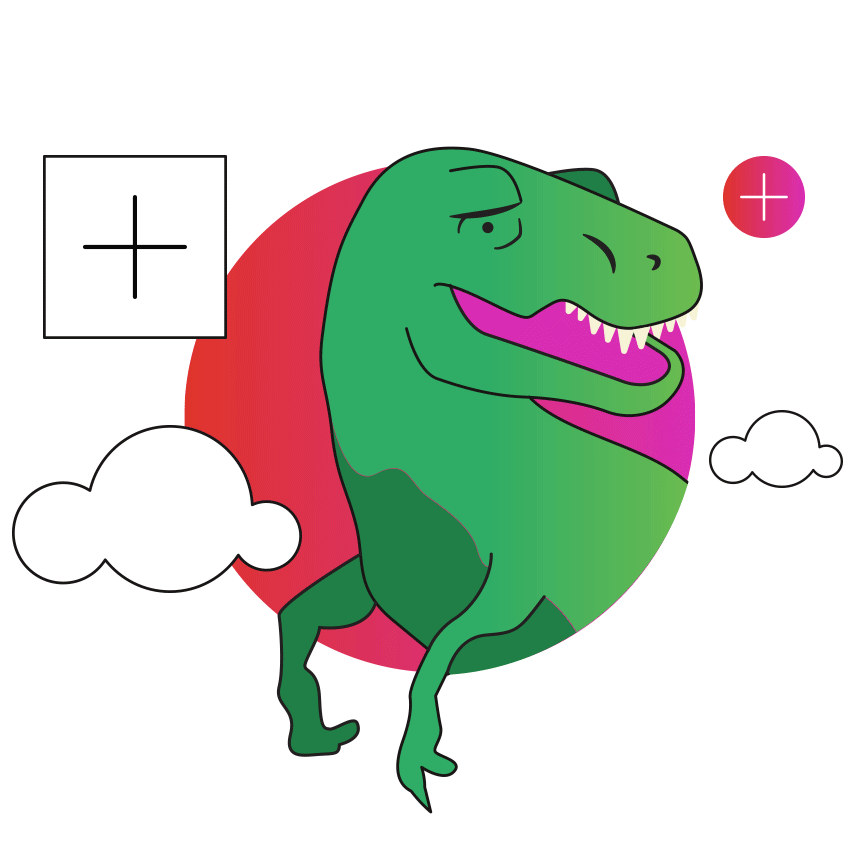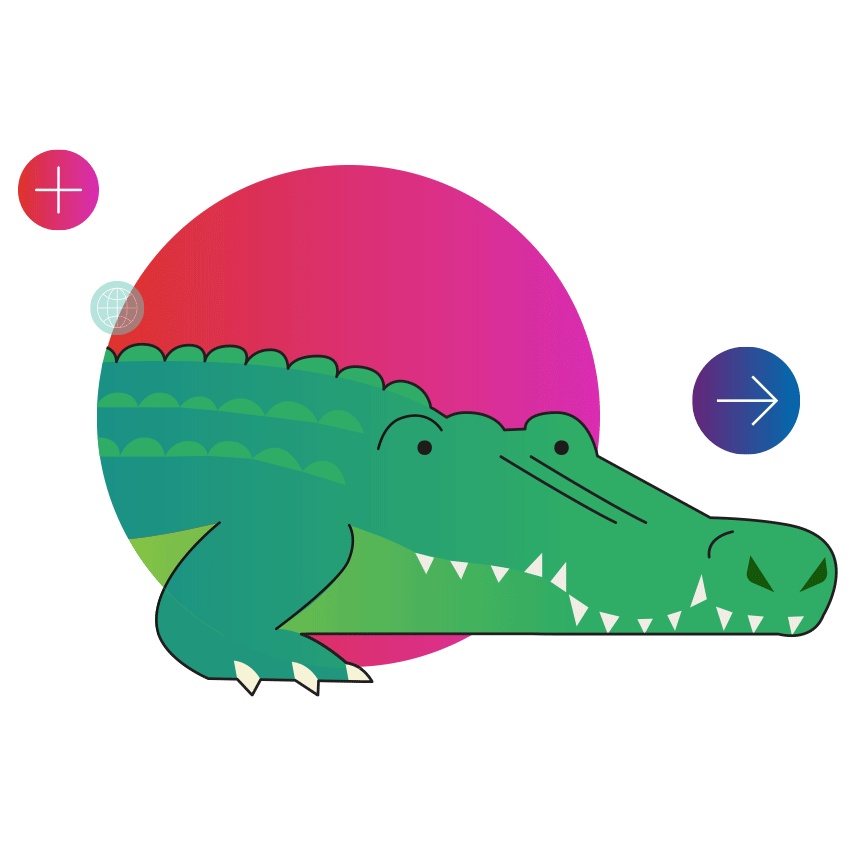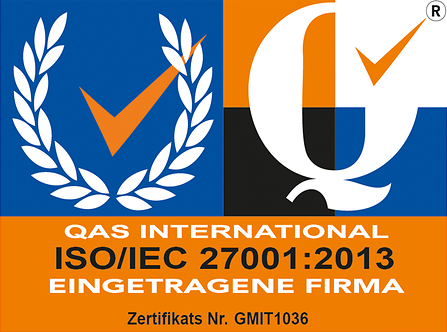Now that it's been few days since I wanted to share some thoughts.
The Facts
Adobe is acquiring Magento Commerce for $1.68 billion – roughly an 11x multiplier of their current revenue of $150 million. When Salesforce purchased Demandware in 2016, they paid $75 a share or a total of $2.85 billion – also an 11x multiplier.
And just as the Demandware acquisition was highly strategic for Salesforce, this one is highly strategic for Adobe.
Why?
For one thing, Magento fills a big gap in the Adobe portfolio.
Adobe has been assembling the leading marketing cloud, starting with the Omniture acquisition in 2009 for $1.8 billion. After adding Day Software’s CMS (now known as Adobe Experience Manager), and solutions for social (Efficient Frontier), campaign management (Neolane), audience segmentation (Demdex), and others, eCommerce was the last piece missing.
Adobe has tried to fill this gap before. They tried to acquire Hybris, which they lost to SAP. Rumor has it they also tried to acquire Demandware, losing to Salesforce.
But why Magento?
Magento has a long history with lower to mid-market firms, and the open-source distribution is quite popular. So along with one of the top for eCommerce – especially when combining figures for open source and enterprise options – Adobe gains a wider client base.
But Adobe is hardly known for lower priced offerings, and it remains to be seen whether they can expand their product portfolio into this segment. (If so, it would be very bad news for Shopify.)
One thing to look at is the two years ago. Here they claim that 66% of their Experience Cloud customers already had three or more products in 2014, and that by 2016 the figure was up to 90%. So they definitely have a track record of expanding and cross-selling within their portfolio.
The other factor is that Magento has been expanding into enterprise-level customers (including B2B) at a rapid pace, increasing its paid customer base and moving up in the market. It has shown a potential to satisfy enterprise requirements – which makes it a good fit for Adobe’s sweet spot and a forward-looking play.
As well, Magento doesn’t come with some of the baggage (i.e. other competitive solutions to Adobe’s portfolio) that other eCommerce players have. The acquisition might not even affect the partnerships with the other eCommerce vendors initially.
Impact on other eCommerce players
SAP, Salesforce, IBM, Oracle, and the others should brace themselves for a battle. Adobe is all about customer experience, so we will surely see them push a fully integrated AEM-Magento solution, with AEM taking over the glass.
The other players need to beef up their experience management capabilities and/or partnerships quickly. These platforms aren’t very good at handling non-product content (and some aren’t even good at handling product content itself), as repeatedly cited by industry analyst reports. So this capability will become ever more critical – especially for headless eCommerce vendors such as Commerce Tools, Elastic Path, and Skava.
These vendors will become even more motivated than to keep Adobe out of their sales cycle, since there's now yet another point of competition to the mix.
So What about CMS?
When Adobe starts pushing Magento as their standard eCommerce solution, other eCommerce vendors should start pushing more of a customer experience story – one that's not dependent on Adobe's ecosystem.
And this, in turn, should increase the market for CMS solutions that offer more flexibility and specialize in eCommerce scenarios.
